Uncover the Treasures: Take A Look at Enchanting Wildlife of Assam
Assam is blessed with stunning natural beauty and diverse wildlife that have endured for centuries. Its forests, wetlands and grasslands are home to rare species unique to Northeast India. In this blog, we will explore some of Assam’s most renowned national parks, wildlife sanctuaries and the treasures they shelter. We will look at the range of flora and fauna found in these protected areas, the best times to visit and get a glimpse of the region’s enchanting wildlife through the seasons.
History of Assam Wildlife
Assam has a long history of preserving its rich wildlife heritage. In the early 1900s, wildlife conservation efforts began with areas declared as reserve forests and sanctuaries. Kaziranga was established as a reserve forest in 1908 to protect the greater one-horned rhino from poaching. It became a sanctuary in 1938 and later a national park in 1974. This helped save the rhino population which was close to extinction, making Kaziranga’s conservation one of India’s biggest success stories.
Manas reserve was also notified in 1928 and became a wildlife sanctuary in 1973. In the 1970s, Project Tiger was launched across India and Assam to set up tiger reserves like Kaziranga. Since then, more national parks, sanctuaries and reserve forests were created, helping protect endangered species unique to Assam. Today, Assam continues its efforts through forest management, anti-poaching patrols, community inclusion and scientific research.
Popular Wildlife Sanctuaries in Assam
Assam is blessed with bountiful natural beauty and astounding wildlife. Nestled in the foothills of the Eastern Himalayas, Assam is home to diverse flora and fauna. Let us take a glimpse into some of the most remarkable wildlife sanctuaries in Assam which shelter unique animals and birds.
Deepor Beel Wildlife Sanctuary
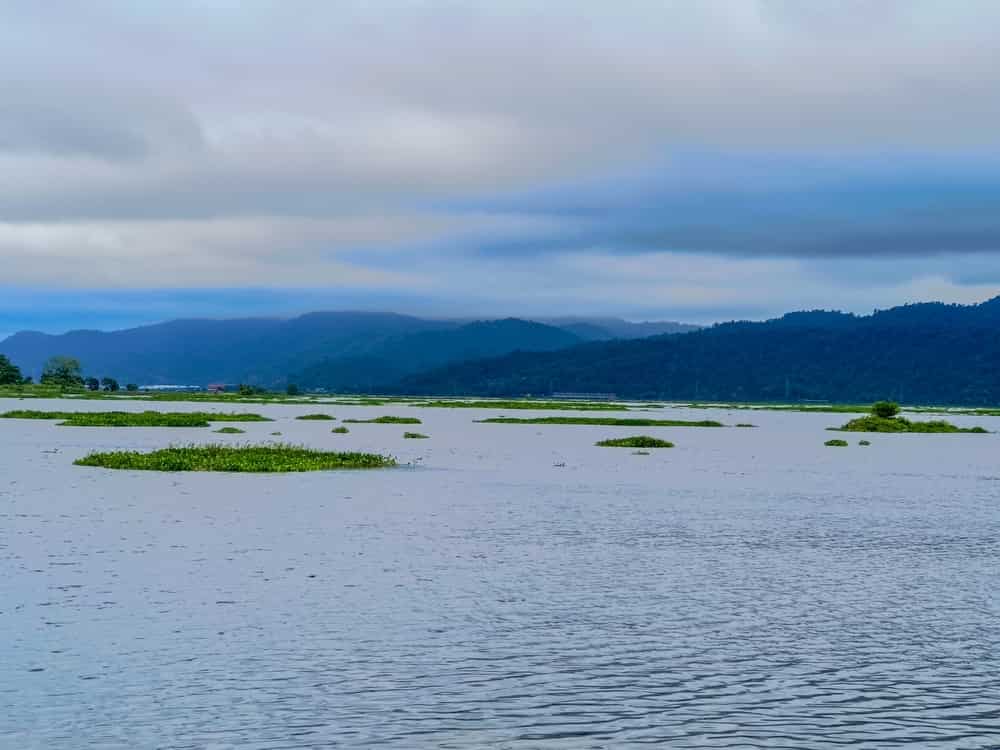
Not far from Guwahati city lies the beautiful Deepor Beel Wildlife Sanctuary. Situated around 20 km from Guwahati, it welcomes visitors with its picturesque wetlands. Deepor Beel is a floodplain wetland ecosystem and attracts various migratory birds during winters. One can see thousands of waterbirds gather here from remote corners of the world. Some of the commonly noticed waterbirds include the Northern Pintail, Common Teal, Eurasian Wigeon and Gadwall.
Apart from birds, one may also sight Spot-billed Pelicans, Painted Storks, and the majestic Grey Heron fishing or wading in the wetlands. Deepor Beel also houses otters, turtles and includes biomes of swamp forests and grasslands. The best time to visit is from November to February when massive flocks of birds’ flock to the wetlands.
Kaziranga National Park
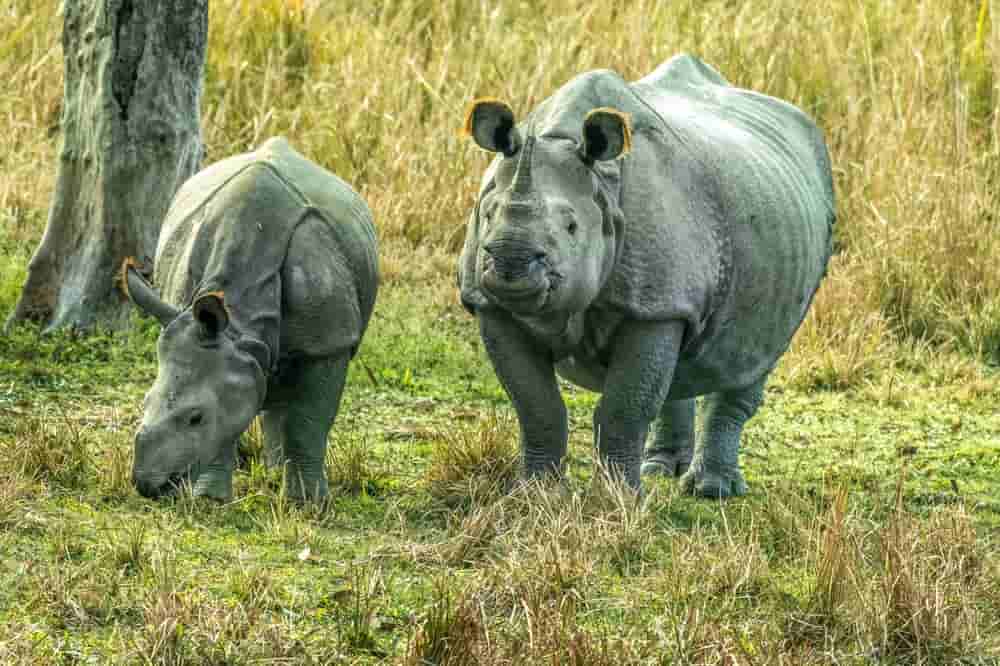
Located around 205 km east of Guwahati, Kaziranga National Park is renowned worldwide for its great one-horned rhinoceros’ population. It is home to approximately two-thirds of the world’s great one-horned rhino population and shelters many other rare wildlife. Spread across an area of 420 sq. km, Kaziranga provides refuge to a variety of animals such as wild water buffalo, swamp deer, elephants, wild boars and Bengal tigers. The park has varied landscapes such as tall elephant grasslands, dense tropical moist broadleaf forests and woodlands.
During the monsoon and winter months, Kaziranga invites migratory birds like the oriental plover, common redshank and common sandpiper. Some other notable residents include hog deer, Indian bison and the Bengal fox. To catch a glimpse of rhinos wallowing in mud or grazing on grasslands, early morning elephant safaris or jeep safaris are arranged by the forest department.
Manas Wildlife Sanctuary
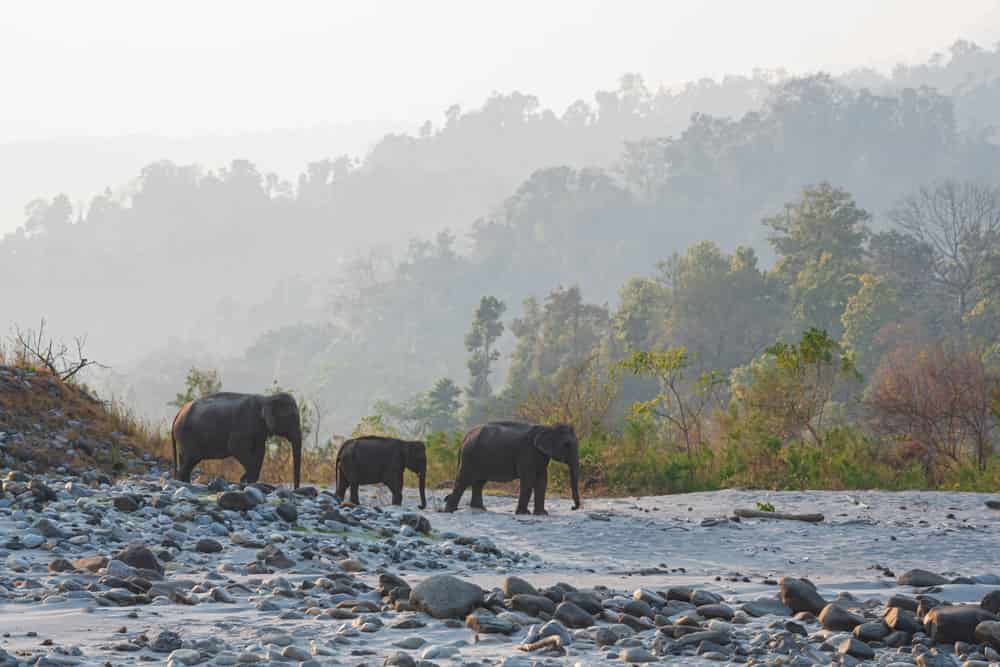
Located close to the Bhutan border and encompassing an area of approximately 360 sq. km, Manas Wildlife Sanctuary was declared a UNESCO World Heritage Site in 1985. Situated near the picturesque town of Boka, it is home to rare and endangered species like the Asian elephant, golden langur and pygmy hog. Manas is extremely rich in biodiversity and shelters over 500 species of birds, 50 species of fish and has a wide array of orchids.
The scenic landscape varies from moist deciduous forests, swamps and grasslands. While taking a nature walk, one may come across Bengal florican, hispid hares or hear the melodious calls of varied birds like the pied kingfisher or grey hornbill. Spotting a golden langur is quite difficult but rewarding.
Pobitora Wildlife Sanctuary
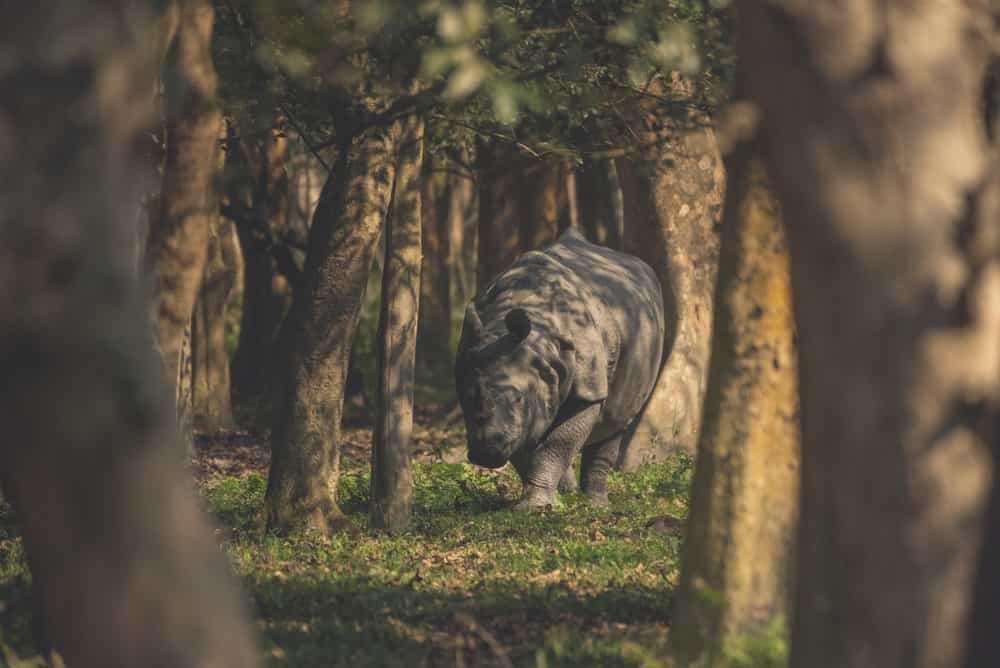
About 55 km from Guwahati lies the scenic Pobitora Wildlife Sanctuary. As one of Assam’s most compelling sanctuaries, it is popular for its superb population of Indian rhinos. Spread in an area of 38.85 sq. km, the grasslands and wetlands of Pobitora make for a memorable wildlife experience. On a jeep safari, one can easily spot rhinos including calves, grazing or taking mud baths. Besides rhinos, other commonly seen animals are elephants, wild boars, slow loris, capped langurs and golden jackals.
During winter months, migratory birds like the common pochard, lesser whistling duck flock to the wetlands. The highlight of Pobitora is its high density of rhinos estimated to around 100 individuals. It is the highest rhino density sanctuary in India.
Nameri National Park
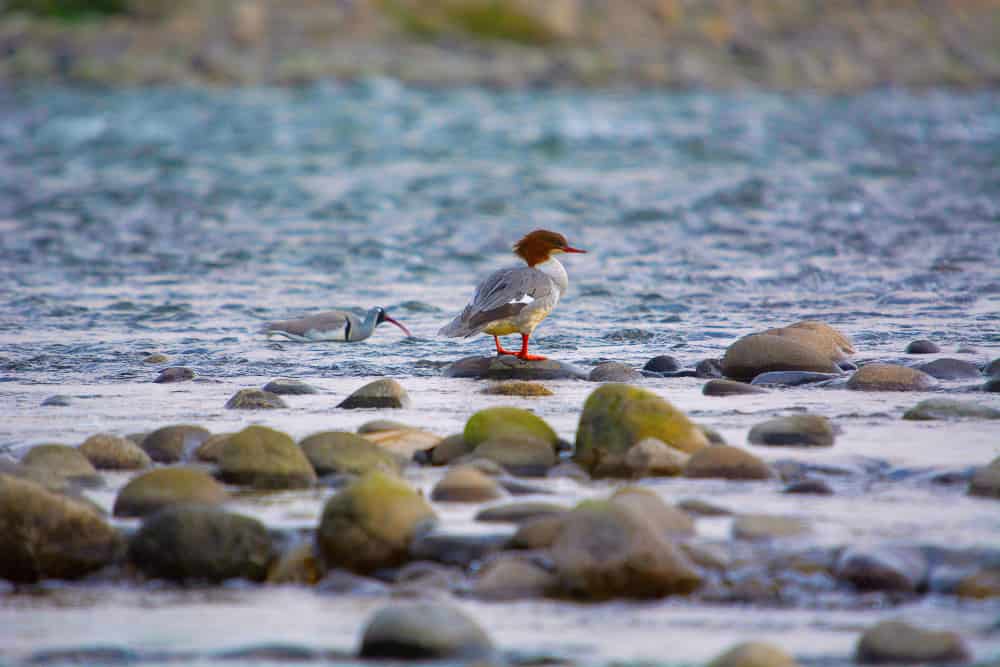
Nestled amidst the foothills of Eastern Himalayas near the Brahmaputra River, Nameri National Park lies close to the city of Tezpur. Encompassing an area of approximately 200 sq. km, it has tracts of sal and bamboo forests, grasslands and rugged terrains rising to about 1000 meters. Nameri is home to a variety of wildlife with an estimated population of 800 tigers. Other animals found include elephants, Himalayan black bears, leopards, hog deer and golden langurs.
The unique landscapes offer an ideal habitat for diverse birds like pied hornbills, wreathed hornbills, great pied hornbills and varied woodpeckers. The park includes the Jia Bhoroli River which is known for overnight elephant safaris and camping sites along the riverside.
Best Time to Explore Assam Wildlife
Assam is home to rich wildlife that can be explored at different times of the year. March to May offers ideal conditions for viewing wildlife as the summer weather is pleasant. National parks like Kaziranga and Manas remain open during this time, allowing tourists to go on safaris and catch rare glimpses of animals.
Wildlife enthusiasts can spot rhinos, elephants and deer across the grasslands and wetlands. Migratory birds also flock to the parks, increasing chances of diverse bird sightings. Summer is also the breeding season for many residents like tigers and river dolphins.
However, June to September sees many parks closed due to monsoon rains and flooding. The wildlife disperses during this phase and sightings become difficult. On the other hand, October to February welcomes travellers with mild temperatures and good visibility, enabling them to easily spot diverse wildlife in open habitats across protected areas.
Conclusion
Assam’s protected areas work tirelessly to conserve endangered species through scientific management and community participation. Visitors can help this cause by following responsible tourism practices during wildlife visits. Witnessing the splendour of tigers, rhinos, birds and more in their natural habitats is a memory to last a lifetime. While admiring these wonders, we must acknowledge the efforts of those protecting this natural wealth. With continued support, future generations will be able to unveil the unmatched treasures of Assam’s diverse wildlife.